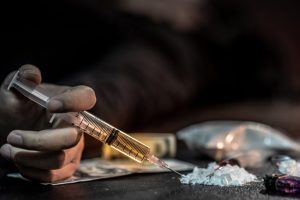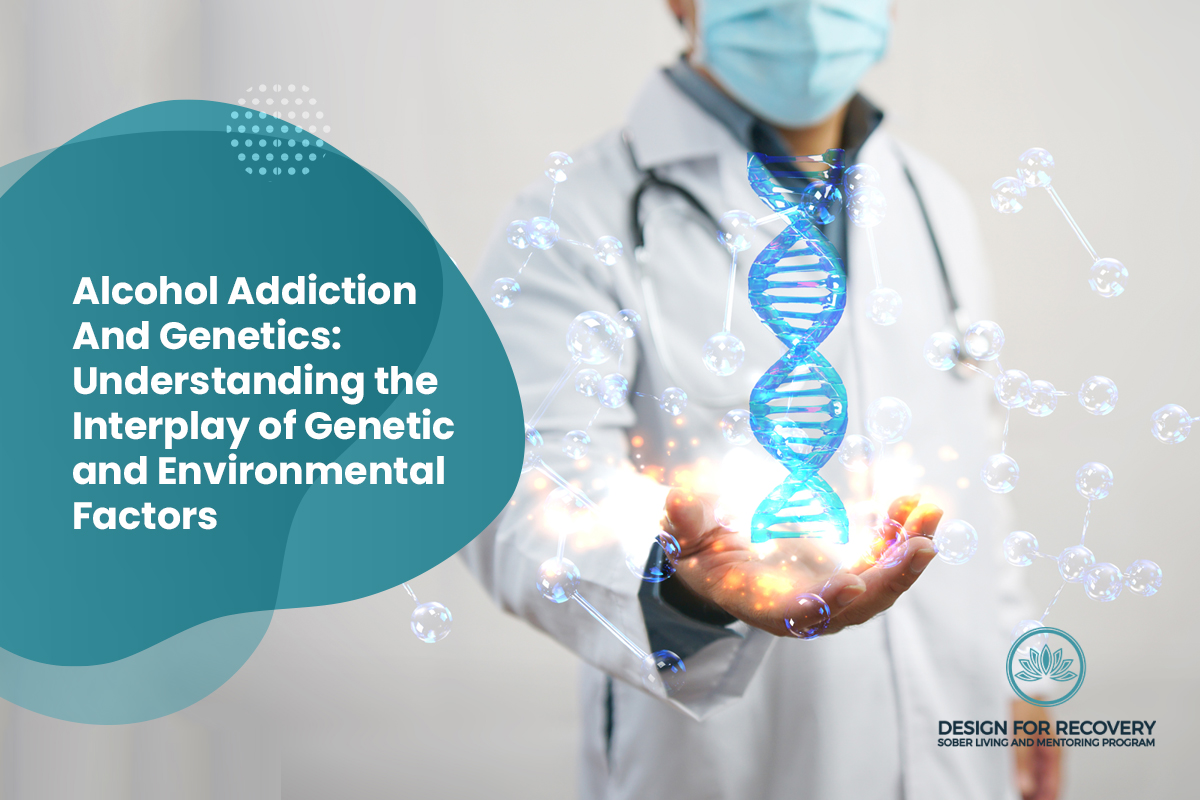The brain is by far the most sophisticated organ in a person’s body. Not only does the brain control and affect every process in the body, but it is also capable of modifying, changing, and even rewiring itself. This ability for the brain to modify itself is what brain scientists, or neurologists, refer to as “neuroplasticity.”
Neuroplasticity is what allows people to develop new skills and abilities, solve challenging problems and puzzles, achieve goals, and recover from brain injuries. Why is neuroplasticity relevant to addiction? Ultimately, addiction is a brain disease. Neuroplasticity is a source of hope. Understanding neuroplasticity means recognizing that even though alcohol and drug abuse leads to unhealthy brain changes, recovery and healing are very possible.
On This Page:
What is “Brain Plasticity”?
The brain is a complex organ that is composed of synapses. Synapses are infinitesimally small structures via which neurons in the brain communicate with one another. During early brain development in infancy, these synapses develop rapidly in an explosion of growth. During adulthood, however, many of these synaptic connections grow weaker and atrophy over the years. Some synaptic connections, the ones we use more, get stronger. However, the weakening of certain synaptic connections is actually an important process that allows the brain to adapt to current needs. The process is known as synaptic pruning, and it makes the brain more efficient.
Ultimately, the brain is always changing to match environmental needs and circumstances. This changeability is known as plasticity. There are a variety of ways that the brain manifests plasticity. These include:
- Neurogenesis. Neurogenesis is the term scientists use for the creation of new neurons in the brain. Neurogenesis is most evident in the brains of fetuses in the womb and in babies. During this critical developmental stages, the brain experiences massive growth. In adulthood, neurogenesis is confined to two areas of the brain: the subgranular zone and the subventricular zone (SVZ). The subventricular zone, which is located in the lateral ventricles, consists of cerebrospinal fluid that ensures the functionality of the healthy adult brain. The subgranular zone, on the other hand, is located in the hippocampus, and this area allows us to form new memories, alter our own behavior, and learn new skills.
- New synapses. Having a lot of neurons is important, but arguably it is even more important to have more synapses. Synapses are how neurons communicate and stay connected with one another. Having new and plentiful neural connections ensures that the brain stays young and active. Developing new synapses prevents mental health disorders and neurodegenerative diseases like depression and Alzheimer’s disease. It can also improve learning skills, help with memory formation, and reduce cognitive impairments.
- Reinforced synapses. Every time a person engages in a behavior, they strengthen and reinforce the synaptic connections involved in that behavior. It is important to recognize that this process is involved in both healthy behaviors, like learning the violin, as well as unhealthy habits, such as consuming alcohol or drugs excessively. Fortunately, recovery activities, including counseling, meditation, and exercise, can counter addiction by strengthening the neural connections involved in staying sober.
- Weakened synapses. Synaptic connections between neurons also weaken when they are not used. While this may not be the same as growth, it is still a form of neuroplasticity. In fact, it is a form of neuroplasticity that plays an important role in healing and recovery. Overcoming phobias, anxiety, trauma, and other reactive emotional and behavioral patterns involves weakening the associated synapses. Healing and recovering after quitting drugs and alcohol also requires the synaptic connections associated with compulsive substance abuse to weaken.
How Neuroplasticity Affects Addiction
The concept of neuroplasticity teaches us that the brain is never done growing. It is always learning, developing, and altering itself. However, it is crucial to understand that this development can go in any direction – and not all directions are good or healthy. The brain can pick up useful skills and good habits as easily as it can pick up bad ones. What we choose to do determines which parts of our brain will grow and develop. We literally control our brain development with our actions.
When a person drinks alcohol or takes an addictive drug, their brains release dopamine. Dopamine is a neurotransmitter that functions as a messenger in the brain. It sends signals of pleasure to the brain, which acts as a reward for the behavior. Over time, consistently high levels of dopamine immediately following substance abuse can lead to strengthened synaptic connections that favor addictive behavior. As a consequence of the brain’s neuroplasticity, the brain literally “learns” to become addicted to drugs or alcohol.
Neuroplasticity and Addiction Recovery
Fortunately, the brain is capable of learning how to quit drugs and alcohol as well. It is also capable of recovering from the condition of craving. Even after an addiction becomes severe, the brain never becomes fully hard-wired. There is no such thing as a permanent brain condition, thanks to neuroplasticity. Through the actions we take, humans are capable of recovering from addiction, depression, trauma, obsessive-compulsive behaviors, and anxiety. By weakening the neural connections associated with unhealthy behaviors and strengthening the connections associated with helpful fulfilling behaviors, we can teach the brain to recover.
Immediately after quitting drugs and alcohol, most people experience a great deal of cravings. This period of time is characterized by physical withdrawal symptoms, and even after those disappear many people experience psychological cravings because they continue to perceive drugs and alcohol as coping tools. Brain plasticity, however, allows people to retrain their thoughts. By making use of peer support systems, aftercare support, exercise, healthy diets, and sober living environments, people can learn to stabilize their dopamine levels and learn to function without using drugs or alcohol as a crutch.
While recovering from a substance use disorder, it is important to develop new coping strategies and life skills to fill the void left by drugs and alcohol. Neuroplasticity plays an important role here. Practicing stress management or anger management techniques, for instance, can strengthen healthy synaptic connections. Meditation, journaling, exercise, and even healthy meals, can become “addictive” as the brain adapts itself to a pattern of healthy behavior. Fortunately, these addictions are likely to lead to positive outcomes rather than negative ones.
How to Encourage Healthy Neuroplasticity
Our brain is always adapting to circumstances, but there are certain activities we can engage in to help our brains develop in positive and healthy ways. These include:
- Eating a healthy, balanced diet dense with nutrients
- Having a variety of social interactions on a regular basis
- Learning new skills, languages, instruments, or hobbies
- Journaling, especially gratitude journaling
- Meditation and mindfulness
- Exercise and team sports
- Trying new experiences and traveling
Developing a New Life and a New Brain
Addiction can truly make a mess of the brain. During the early days of quitting drugs and alcohol, it is normal to feel confused, overwhelmed, and emotional. Sober living houses are safe and trigger-free places to experience this transitional state. Residents can expect to receive a great deal of support. Moreover, they will have plenty of opportunities to engage in healthy new hobbies and activities so that they can create new lifestyles – and in the process new “recovery brains” – that are healthy, fulfilling, and joyful. It may be difficult to imagine right at this moment, but life without drugs and alcohol is possible thanks to the brain’s neuroplasticity.
If you are ready to take full advantage of the brain’s neuroplasticity and change your life, reach out today and enroll in our men’s sober living home.

























